Gomes S., Piteira M., Fernandes C., Varandas S., Saavedra M.J.
sagomes@icbas.up.pt
Antimicrobial resistance (AMR) is a major global health problem. Water use by human activities represent a natural reservoir of AMR, thus a time-integrated approach is required in aquatic ecosystems. Freshwater bivalves are widely applied as accumulation indicators and monitoring tools of contaminant effects on different levels of biological integration since they are suspension feeders that actively filter, retain and concentrate particles from their surrounding water, including free living or particle-bound bacteria. In this study, we aimed to (i) investigate the genetic diversity of E. coli strains isolated from freshwater bivalves, and (ii) determine their virulence factors. Samples were collected in the middle sector of the Tua River. Isolates were retrieved in Chromocult® Coliform Agar plates (Merck, Germany). Antimicrobial susceptibility testing (AST) was done by the Kirby-Bauer disk diffusion method against 21 antimicrobial agents, according to the recommendations issued by the EUCAST and CLSI. Antibiotic resistance rates were ticarcillin (TIC) 87.5%, ticarcillin-clavulanic acid (TIM) 87.5%, piperacillin (PRL) 6.3%, cefoxitin (FOX) 18.8%, tobramycin (TOB) 31.3%, gentamicin (CN) 12.5%, and amikacin (AK) 87.5%. Antibiotics whose antimicrobial resistance was 100% belong to β-lactam, namely penicillins and carbapenems. The antimicrobial susceptibility test revealed that 43.75% of the isolates were MDR. PCR-based assays were designed for phylogenetic E. coli groups evaluation. The E. coli phylogenetic group D or E was the most prevalent (50%), followed by phylogenetic groups E or clade I, B1 and A. Phylogenetic groups D or E and E or clade I should be confirmed using E-specific primers. Our results indicated that bivalves provide an efficient, time-integrating tool for identifying/quantifying faecal indicators, including multidrug resistant bacteria.
Acknowledgments: This work is supported by National Funds by FCT - Portuguese Foundation for Science and Technology, under the project UIDB/04033/2020.
